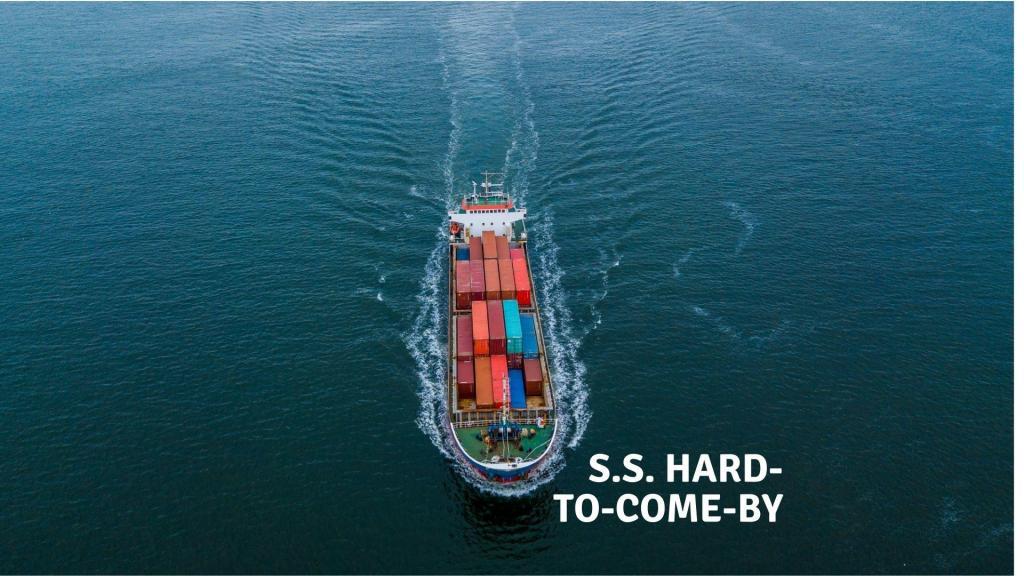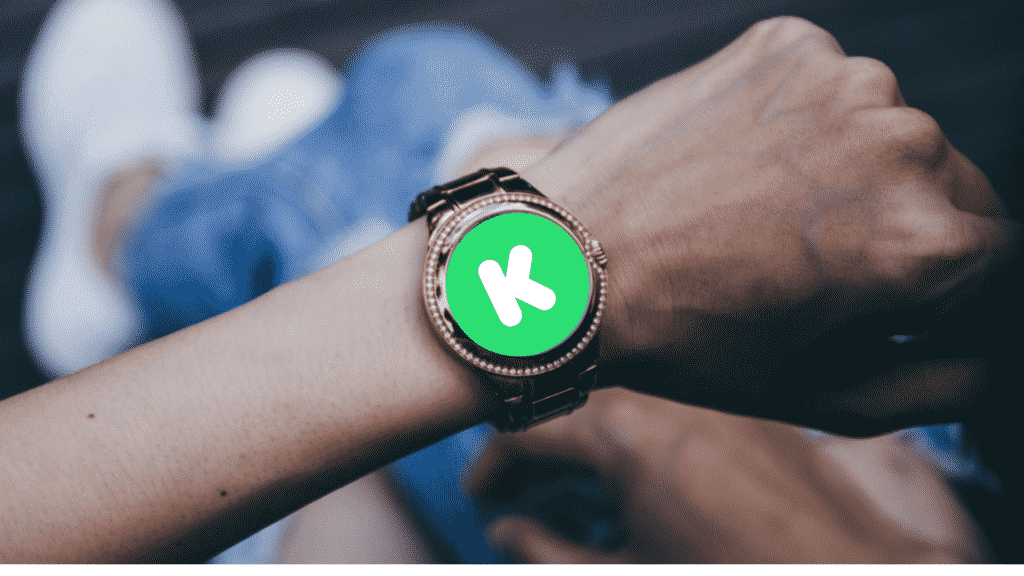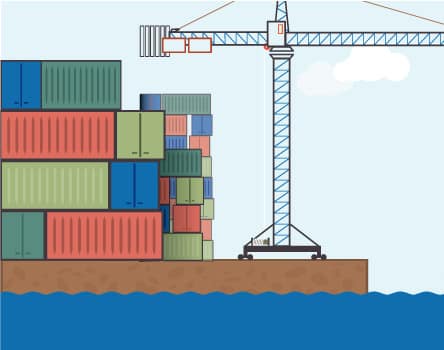The last couple of years have been rough. COVID-19 disrupted supply chains everywhere, and seemingly everything from toilet paper to hand sanitizer has been hard to come by. Yet seemingly in an alternate universe, Kickstarter campaigns have continued to do well, as if they floated above all the world’s troubles.
But sadly, Kickstarter isn’t immune to supply chain disruptions. In fact, if it feels like every campaign needs another month (or year) to ship, you’re not alone. A lot of Kickstarter creators are trying to navigate a world of shortages, expensive freight shipping, and new taxes. It can be a lot to keep up with.
So let’s unpack this.
Late Kickstarter campaigns aren’t new…
If you’ve been a Kickstarter backer for years, you know the drill. As optimistic and forward-thinking as Kickstarter creators may seem, they usually ship a month or two late, at best. Experienced backers know to price this into their expectations from the get-go, and it’s become part of Kickstarter’s culture.
As many as 84% of Kickstarters were shipping late in 2012. Creators underestimate the complexity of manufacturing, freight shipping, customs clearance, and more. And, hey, we’re not going to point fingers here. It really is hard to start a business, and it’s a Sisyphean task to try to predict everything you need to do before you need to do it.
…but additional supply chain pressures right now are causing more to be late
But if it feels like your Kickstarter rewards are coming later, it’s not just you. There is a lot of stuff going on right now in the supply chain world, and you can’t blame it all on COVID or that one unlucky boat in the Suez Canal.
To understand what exactly’s going on, let’s take for example, the manufacturing process for a board game. After all, a lot of our clients ship board games, and they make up a big percentage of Kickstarter campaigns. Of course, it’s not just board games that are feeling the pressures of what’s going on right now – they’re just easier to talk about and explain.
Let’s dig into this.
1. Shortages make sourcing harder and more expensive.
We’re seeing all kinds of random items experience shortages. Famously, semiconductors and lumber have been hard to come by and shockingly expensive. The dramatic economic and social disruptions of the pandemic caused these shortages, but not as directly as you might think. In the case of lumber, in particular, lumber mills thought COVID was going to cause a housing bust. Instead, it caused a housing boom, and the lumber supply fell short of unforeseen demand.
When parts you need are hard to come by, it either stops your manufacturing process cold or it dramatically jacks up the price. If wood is expensive, then so are wooden cubes. If cardboard is expensive, then so are boards and boxes.

2. Freight prices have skyrocketed.
If you’re lucky enough to get your game manufactured for a reasonable price, the odds are good that you’re going to need to ship it from one country to another. That means either using air shipping or sea shipping. Air shipping is already extremely expensive, but sea shipping prices have increased by anywhere from 100% to 300% in the last year alone.
Almost any product that is manufactured in one country and stored in another has to be shipped by air freight or sea freight, making this an intractable problem. This problem is so severe that there is even a shortage of the containers they use to ship via sea, let alone the boats and the people qualified to work on them. There are a few ways you can mitigate the worst impacts of this problem, but you can’t eliminate them.
3. Customs and VAT are changing rapidly.
After years of writing articles for Fulfillrite, I’ve become convinced that there isn’t a person alive who totally understands customs and value-added taxes (VAT) for all its nuances. But one thing is very easy to understand: effective July 1, the cost to ship goods into the European Union is going up.
All goods shipped into the European Union, effective July 1, 2021, will be subject to VAT. Previously, VAT was only applied to items that cost less than 22 EUR.
What’s more, the EU has created a new electronic portal – the Import One-Stop Shop (IOSS) – to allow eCommerce stores to collect VAT at point-of-sale, instead of after the items arrive in the country. This is a generally positive change as it allows sellers to pay VAT on behalf of their customers.
Let’s say you were running a Kickstarter for, say, a $20 game, where you could have previously exported from the US (or China) to the EU without customers paying VAT. Effective July 1, 2021, you can’t do that anymore. That means that anyone who originally planned to do that either has to come up with a process to deal with VAT in a way that won’t irritate their backers, or find a warehouse within the EU (which is problematic because of freight shipping costs).
Yikes.
So where do we go from here?
You might read this article and feel a sense of despair. Kickstarter campaigns are going to be later than normal for a long while. This is inevitable.
But it’s not all bad. Eventually, supply and demand will recalibrate, and prices along with it. People will settle into new norms with regards to taxes and customs. Even freight shipping will return to normal given enough time.
But the one thing that won’t return to normal is the idea of the lean supply chain. After experiencing the traumatic global shock of the COVID-19 pandemic and its subsequent shortages, the idea of goods arriving “just-in-time” has lost its luster.
Companies, including Toyota, which basically invented the lean supply chain, are starting to hold inventories of critical items. (Toyota’s big scare was the 2011 earthquake in Japan, which taught them really hard lessons ten years before everyone else.)

As the owners of commodities and manufacturing plants adjust their processes, shortages will become less likely. Naturally, indie Kickstarter creators will benefit as commonly needed items are widely available.
Lastly, there has been a renewed interest in domestic manufacturing lately. So much so that even Trump and Biden can agree on it! When political polar opposites can agree that something needs to be done, that’s a good sign it’s going to get done. That means less reliance on freight shipping and foreign imports, reducing the risk of catastrophic supply chain breakdowns like we’ve seen in 2020 and 2021.
All in all, the sun will rise again. Kickstarter will continue to bring us amazing innovations and enjoyable products. Backers’ mailboxes will be overflowing again in 2022!





